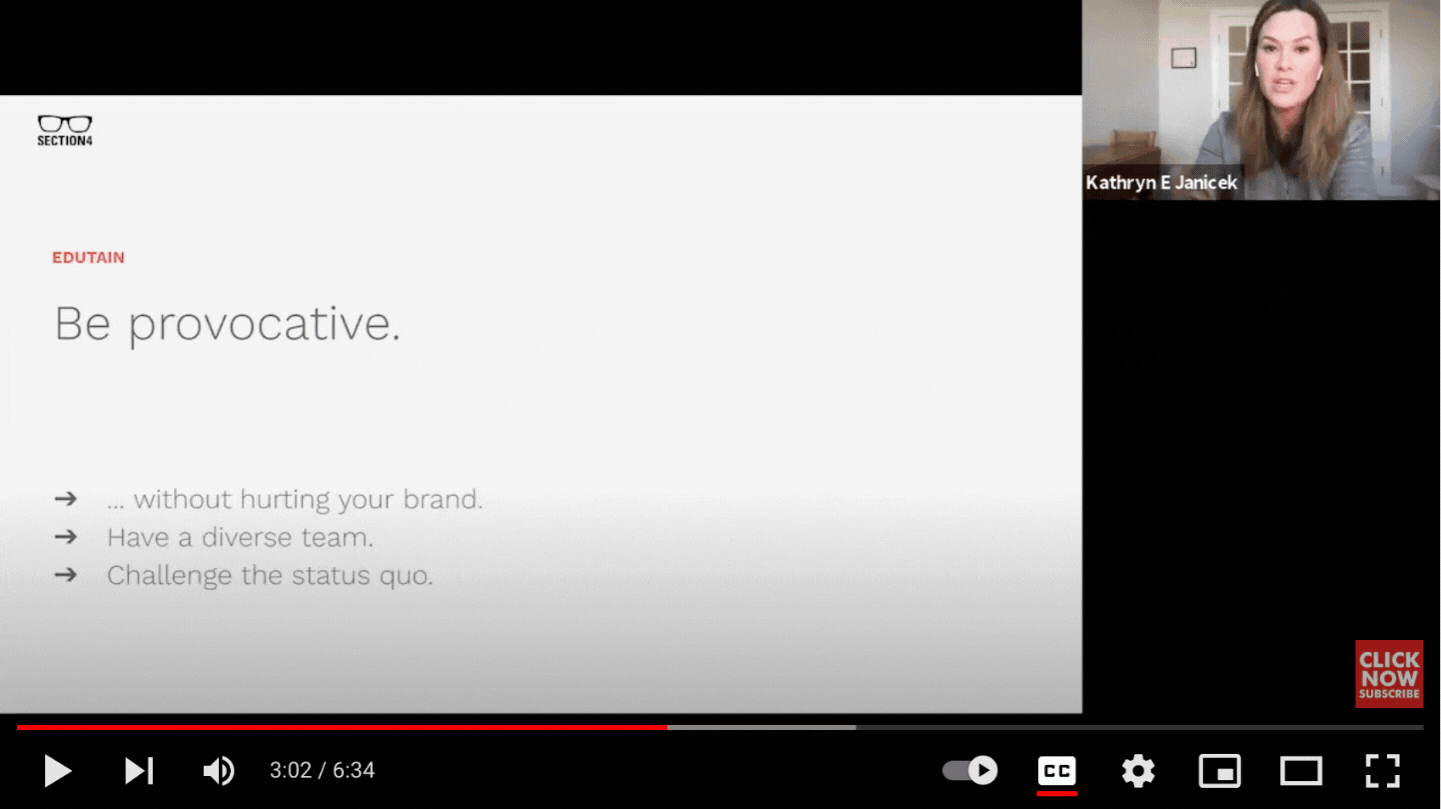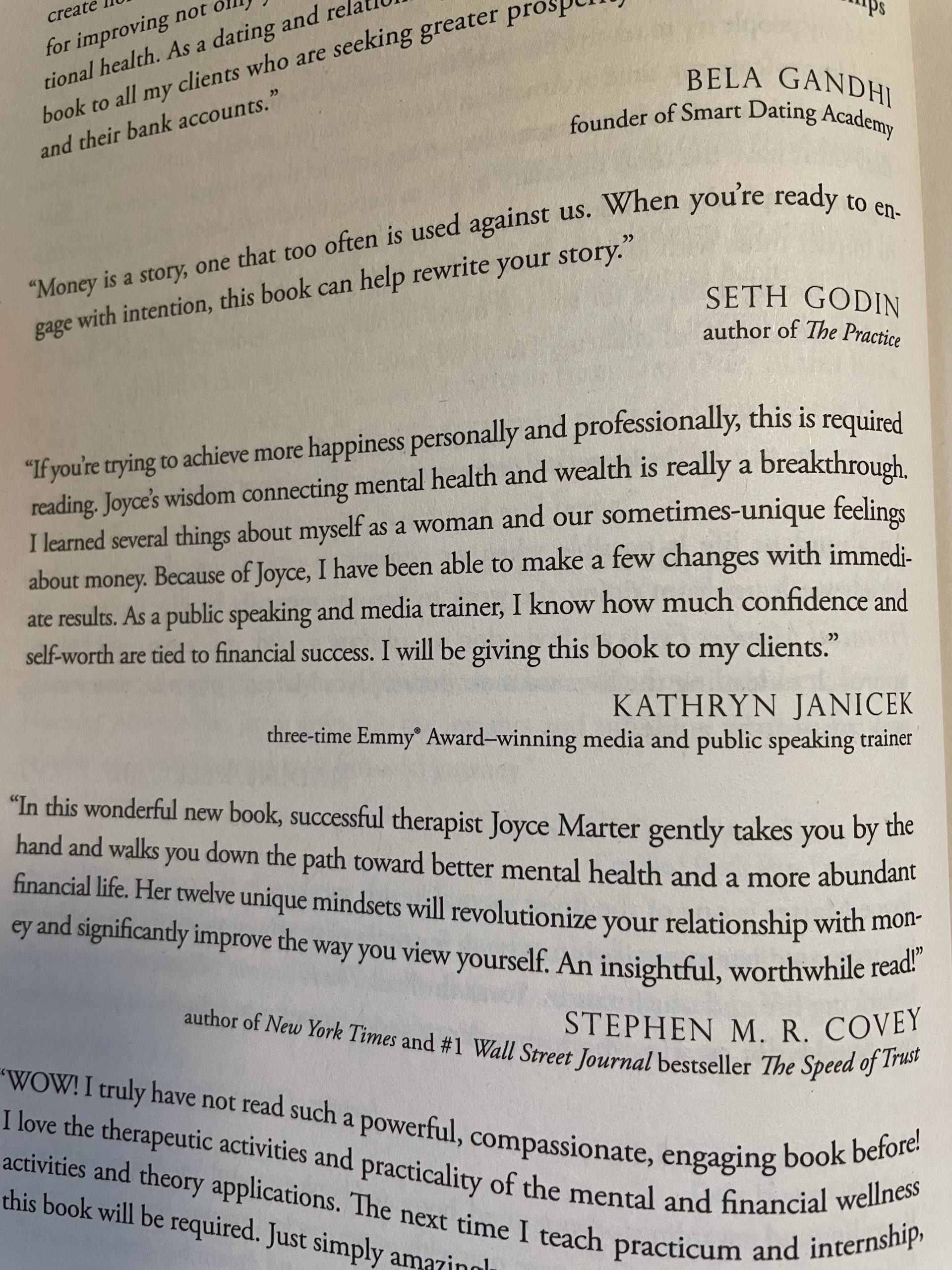How are the people inside your company communicating with your customers?
Or future customers?
I was on a call with a $12 billion company today.
I’m sharing this in case you have the same issue.
They hosted their annual meeting recently.
Many of their execs had to give presentations and they quickly realized… several of them were having issues presenting and getting their message across.
These are well-regarded individuals inside a Fortune 100 company.
They’re smart and know the industry in and out.
But they have an issue.
And it’s costly.
They are not confident or convincing when it comes to presenting.
So they called me.
They need to be prepared before they present again in a year – but more importantly, the concern is:
How are they communicating on a daily basis?
In front of customers? Potential investors? Their team?
There’s a ripple effect when it comes to communication.
Whether it’s your receptionist who takes inbound calls and walk-ins, your sales team, all the way up to your leadership — your message should:
- establish trust,
- be confident,
- show empathy,
- and it should make people want to do business with you!
If your message is being miscommunicated, at any level within your organization, that’s a potential client or customer — gone.
Potential referrals — gone.
Potential media or speaking opportunities — gone.
It’s all interconnected.
As you’re reading this, think to yourself for a moment.
Could you possibly have a communications issue inside your company?
Don’t dismiss someone as having stage or Zoom fright.
They may have a bigger communications issue.
It’s fixable and a little work now will save (and make) you a lot of money quickly.
P.S. Worried your organization is struggling like this Fortune 100 company? I created a training for health care professionals who need to confidently show up on camera, attract more patients, move up in their careers, and let their expertise shine. Share it with your friends in health care. The tips and tricks are universal. Check it out even if you’re not in health care. Click here to learn more. Want training that’s more specialized for your industry? Let’s connect and make it happen.
P.P.S. I just published a new video on YouTube sharing with you some easy adjustments to make before recording a video or going live. This might be something you haven’t considered. Check it out here.
P.P.P.S. Whenever you’re ready… here are three more ways I can help you build your brand, own your voice, and stand out:
- Want more tactical advice you can implement today? Check out my blog here for great articles, stories, and lessons I’ve shared over the years.
- Looking for one-on-one coaching or a consultation with me? Schedule a complimentary call here to speak to our team about how we can help you.
- Follow me on Instagram here for more media and public speaking tips, videos… and a little fun.





